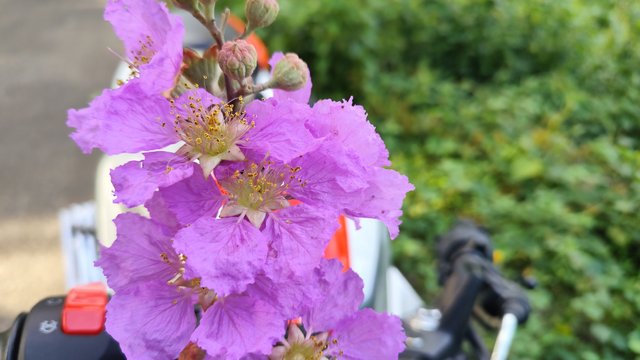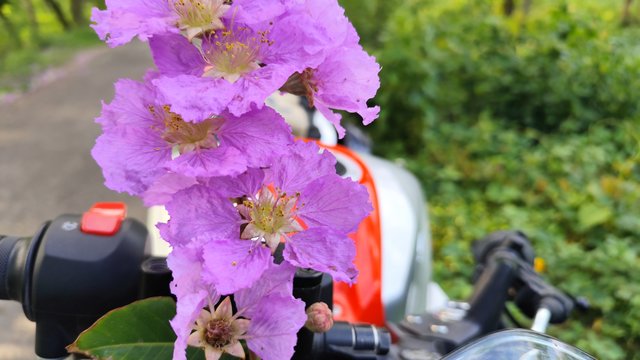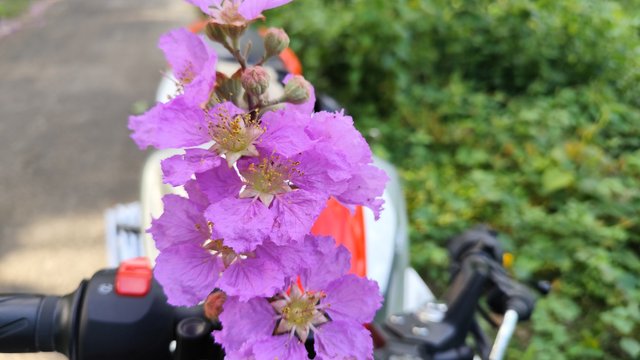Pride of India Also known as Lagerstroemia speciosa, Queen's Crape Myrtle, or Jarul, this spectacular flowering tree lives up to its name in every way.The Pride of India is native to tropical and subtropical regions of Southeast Asia and the Indian subcontinent. Its vibrant, crinkled blossoms resemble crepe paper and range in color from rich purples and magentas to soft pinks and lilacs. The flowers bloom in dense clusters, often covering the entire canopy in color a truly breathtaking sight.What makes this tree stand out is not just its beauty, but its resilience. It thrives in full sun, loves the heat, and puts on its best floral display when other trees retreat into survival mode.
The tree goes by many names, reflecting its widespread popularity and cultural significance. In India, it's known as Jarul or Tāmarai Maram in Tamil. Botanically, it's called Lagerstroemia speciosa, and it belongs to the same family as the lilac Lythraceae.Its common English names Pride of India or Queen’s Crape Myrtle capture the grandeur and elegance of its blossoms.




Beyond its visual appeal, the Pride of India has deep roots in traditional medicine. In Ayurveda, its leaves, bark, and flowers have been used for their antidiabetic and anti-inflammatory properties. Some cultures brew the leaves into teas believed to regulate blood sugar and promote general wellness.The tree is also symbolic in various traditions. It often features in temple gardens, public parks, and even poetry, celebrated for both its medicinal virtues and ornamental beauty.
Author and Photographer |
@nftkal | ||
Camera |
Redmi Note 14 Pro Plus | ||
Lens |
Defult Lens | ||
Category |
Nature | ||
Edited |
Lightroom CC | ||

Upvoted! Thank you for supporting witness @jswit.
Downvoting a post can decrease pending rewards and make it less visible. Common reasons:
Submit